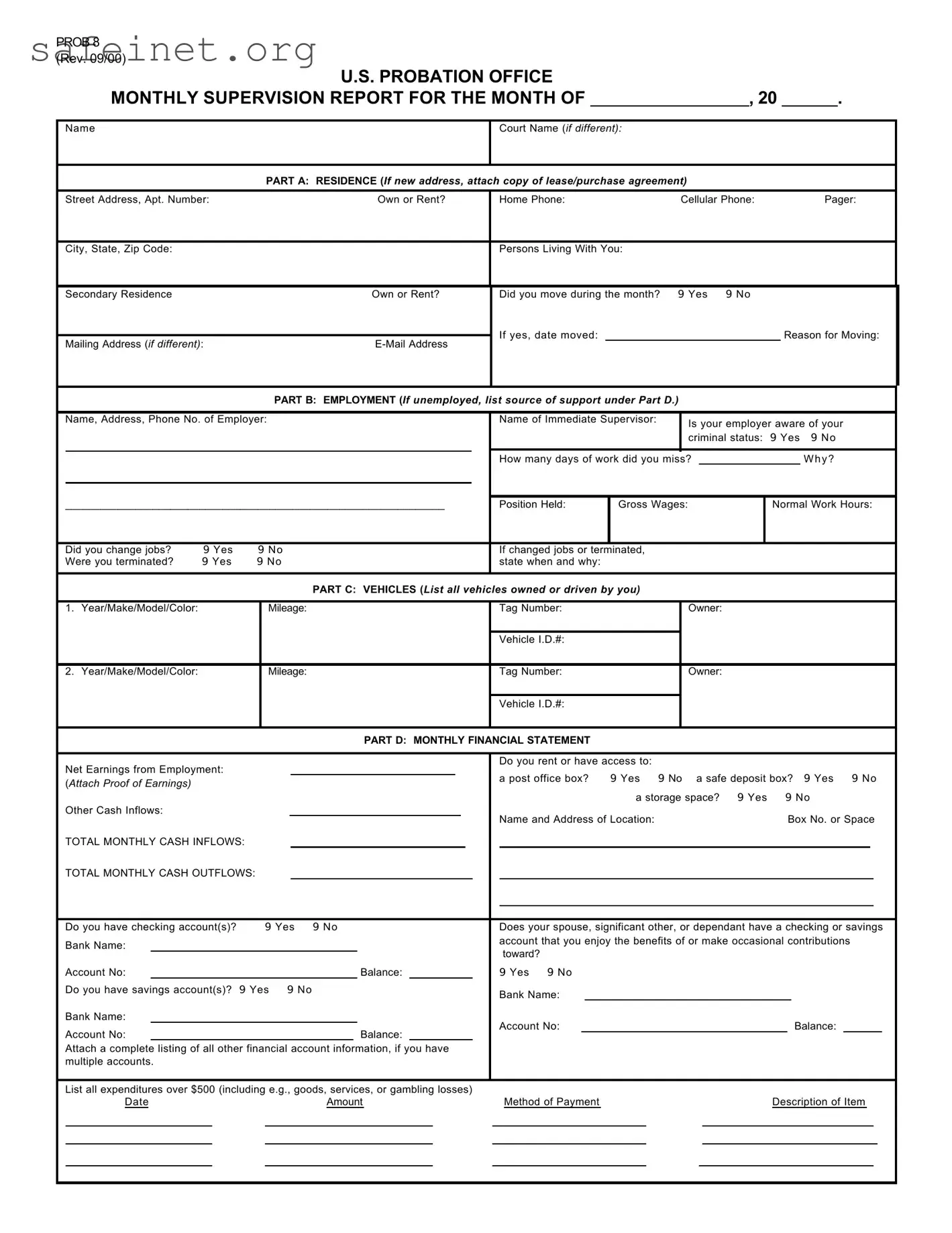The FedEx Commercial Invoice form is closely related to the Proforma Invoice, which serves as a preliminary billing document sent to buyers before the shipment of goods. Like the FedEx Commercial Invoice, the Proforma Invoice includes essential information such as the description of goods, quantity, and price. However, while the Proforma Invoice is not a demand for payment and often used for customs purposes, the Commercial Invoice functions as a formal request for payment after goods have shipped. Both documents are pivotal in international trade, facilitating transparency and compliance with customs regulations.
The Air Waybill (AWB) is another document resembling the FedEx Commercial Invoice. The AWB acts as a contract between the shipper and the carrier, providing a receipt for the shipment. Similar to the Commercial Invoice, the AWB contains details like the sender and receiver’s addresses, package tracking numbers, and weight. However, the AWB primarily serves as a transportation document, while the Commercial Invoice strictly outlines the financial aspects of the transaction, making both vital for successful air freight logistics.
A Bill of Lading (BOL) is akin to the FedEx Commercial Invoice in that it is a crucial document in shipping operations. The BOL serves multiple purposes: it is a contract, a receipt for cargo, and can also act as a document of title. Like the Commercial Invoice, it includes vital shipment details but focuses more on the specifics of transportation. Both documents are utilized to ensure that the parties involved meet their responsibilities during the delivery process.
The Certificate of Origin is also similar to the FedEx Commercial Invoice. This document certifies the country where the goods were manufactured or produced, which can be significant for customs clearance and trade regulations. While the Commercial Invoice details the transaction specifics, the Certificate of Origin connects the product to its geographic lineage. Together, they help facilitate a smoother process through customs and international shipping.
Customs Declaration forms share similarities with the FedEx Commercial Invoice in that they provide essential information for customs authorities. The Customs Declaration outlines details such as the nature and value of the goods, supporting the data provided in the Commercial Invoice. Both documents ensure compliance with import/export laws and regulations, playing a critical role in the passage of goods across international borders.
The Freight Invoice is another document that holds characteristics similar to the FedEx Commercial Invoice. It details the charges associated with transporting goods, including shipping fees and any additional costs incurred during transit. While the Commercial Invoice focuses more on the value of goods being shipped, both invoices are integral in providing a complete understanding of the financial transactions involved in a shipping process.
An Export Invoice is comparable to the FedEx Commercial Invoice in that it serves as the official request for payment for goods being exported from one country to another. This document typically includes information about the products, costs, and shipping details. Both documents are essential for record-keeping and facilitate transactions between exporting and importing businesses.
A Packing List is also a document similar in function to the FedEx Commercial Invoice. It provides detailed information about the contents of a shipment, including the type and number of items being sent. While the Commercial Invoice details the financial aspects, the Packing List focuses on the specifics of what is being shipped. Both documents are critical for ensuring that shipments are received accurately and completely.
The Payment Invoice is another document that mirrors the FedEx Commercial Invoice's purpose of requesting payment. It outlines the amount owed for goods or services provided, akin to the Commercial Invoice’s function in international shipping. While the Payment Invoice is primarily used for domestic transactions, both documents emphasize the financial responsibility of the buyer and streamline the payment process.
Finally, the Sales Agreement can be compared to the FedEx Commercial Invoice in that it outlines the terms of a sale, including the costs, quantity, and delivery terms. This document formalizes the business transaction and sets expectations for both parties. However, while a Sales Agreement is broader in scope, covering the overall terms of sale, the Commercial Invoice specifically addresses the financial details relevant to customs and international shipping. Together, they provide a comprehensive overview of a commercial transaction.


